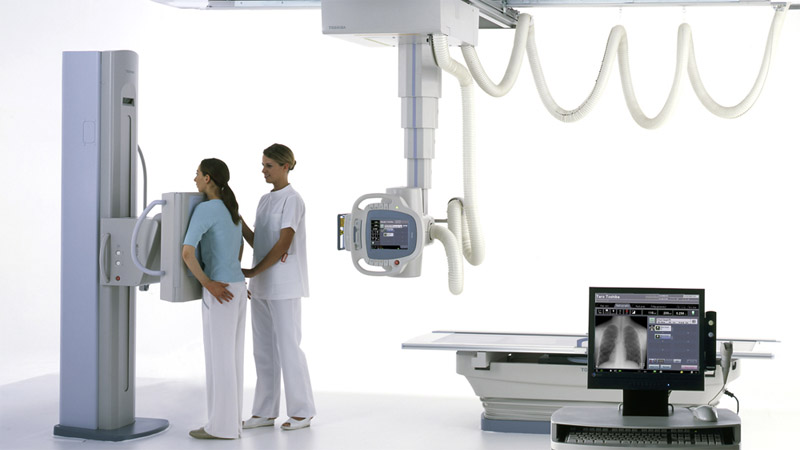
With the growing technologies and the need for finding a solution of different problems in various industries, X-ray systems are gaining popularity and strengthening their presence in all domains & technologies.
People think that the presence of x-ray systems is only in healthcare for maintaining accuracy in diagnostics. However, with the evolving world, it is widely used for the inspection of the quality of the battery cells, alignment of nodal points, and checks its various sizes & density.
X-ray systems are widely used in the field of inspection like PCB inspection {Point Circuit Battery}, automotive inspection, and battery inspection.
X-Ray systems have a generator control that console where the operator chooses the desired techniques for obtaining a quality readable image. In brief, x-ray generator controls the x-ray tube current and X-ray tube kilo voltages.
In a nutshell, the x-ray generator helps in producing x-rays. X-ray detectors are used in various applications like medicine, X-ray fluorescence, electronic assembly inspection, & measurement of the thickness of materials. It is also used in the sterilization process.
Its uses are in various fields. Some are as follows:
The main areas of x-ray systems are radiography, radiotherapy, & fluoroscopic type procedures. Fluoroscopy is used in angiography, biopsy, & various orthopaedic procedures. X- Rays are highly penetrating & ionizing devices used to take in-depth pictures of bone & teeth.
As we all know that security is a matter of prime concern and the x-ray systems are used extensively to examine the luggage at the airports, metro stations, public buildings, and some schools & colleges also. These are also used in the various types of security domains by the use of its generator.
The color of the image depends on the density and size of the material. Organic materials such as paper, clothes are displayed in orange. Mixed materials such as aluminium are displayed as green. Inorganic materials such as copper are displayed in blue, while non-penetrable materials are displayed in black.
In today’s world, the military requires the highest quality of detection and its common uses are product quality assurance, missing components, assembly verification. The common products of military are ammunition, small arms, and detonators which use x-ray systems heavily.
The Electronics industry is driven by miniaturization and its common uses are failure analysis, solder joint integrity, component positioning. Its common products are integrated circuits, electromechanical components.
Forensic Engineering refers to an investigation of the components that failed & does not operate according to the design. The common uses of this sector are debris analysis, memorialize evidence and common products are gas controls & automobile components.
With its presence in some of the major industries of the world, the scientists and engineers are continuously trying to find advanced techniques which can be fit in x-ray devices to provide high-quality, high-resolution images without giving high doses of radiation while performing x-rays.
There has been a shift in recent years towards the specialized software solution that can easily enhance advanced image applications in various fields. By expanding its applications in software, its productivity can be changed as per the requirements of the user.
Components of the X-ray systems:
There are two main components of X-ray systems are as follows:
According to the latest developments in the X-ray systems, the prime motive of the doctors is to give a lower dose of the radiations while performing the X-rays. It is because the higher doses have various side effects like hair loss, bleeding, uneasiness, skin problems, etc.
Nowadays, the conventional X-ray systems are changing due to the new applications developed by engineers and doctors and their uses are also expanding its popularity according to the requirements of the industries.
The market of X-ray systems is also expanding due to the presence of various manufacturers in the market.
The Global X- Ray System Market size is expected to rise at a market growth of 5.2% CAGR during the forecast period.